🌳 10 Shrubs & Trees You Can Plant Close to The House
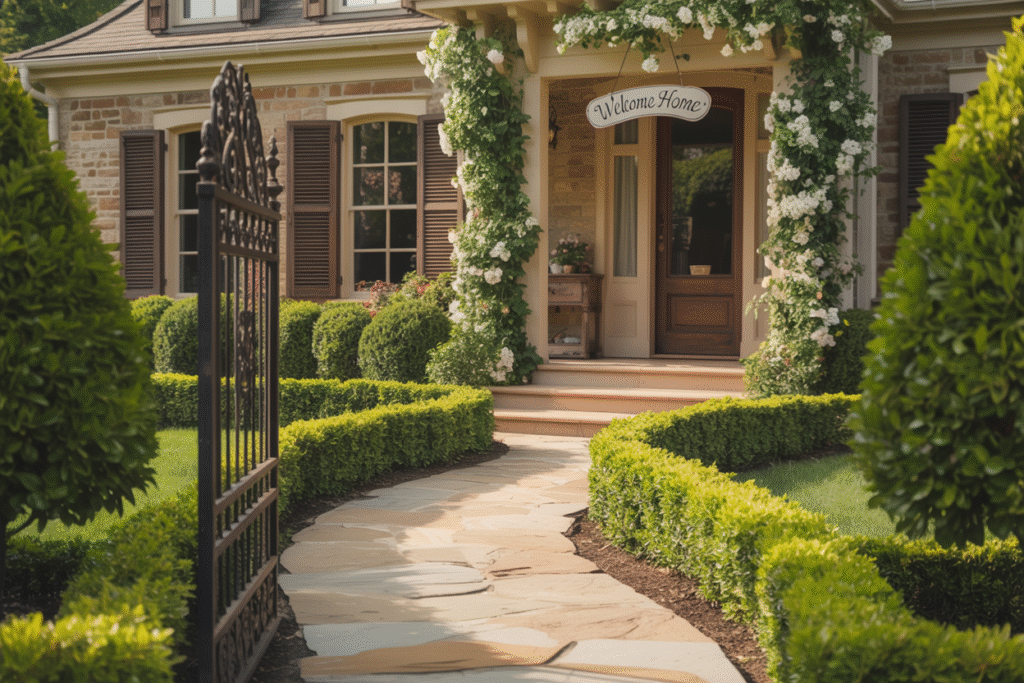
There’s something magical about a well-landscaped home. Trees swaying gently by the window, shrubs softening the corners of a brick wall, and blooms greeting you as you walk to the door. But here’s the challenge: not every plant plays nicely when placed close to the house. Roots can damage foundations, branches can scrape siding, and moisture-loving plants too near the walls can cause unwanted issues.
So how do you add greenery without inviting trouble?
Over the years, after helping friends plan their yards, taking way too many pictures at botanical gardens, and watching my own landscaping triumphs (and mistakes!) unfold, I’ve gathered a list of shrubs and trees that are both beautiful and safe to plant near your home.
Let’s dive in!
1. Boxwood (Buxus)
Let’s start with a classic. Boxwoods are the little black dress of landscaping—always appropriate and endlessly versatile. They’re compact, slow-growing, and easy to shape, which makes them perfect for foundation plantings.
I’ve used boxwoods to create soft hedges along walkways and under front windows. Their evergreen leaves give structure year-round, and their root systems are non-invasive, meaning they won’t mess with your home’s foundation.
A trick I picked up: try planting them in pairs on either side of your front door for a polished, symmetrical look.

2. Japanese Maple (Acer palmatum)
There’s nothing quite like the delicate foliage of a Japanese maple fluttering in the breeze just outside your window. These ornamental trees are not only gorgeous, but they’re also surprisingly well-behaved when planted close to the house.
Choose a smaller cultivar, like ‘Crimson Queen’ or ‘Tamukeyama,’ which grow in a graceful, cascading shape. Their root systems are shallow and non-aggressive, and they don’t mind some shade—perfect for the north or east side of your home.
Bonus: They look absolutely breathtaking in the fall.


3. Hydrangea (Hydrangea macrophylla)
Hydrangeas are like the friendly neighbor of the plant world—cheerful, showy, and always bringing beauty to the block. I planted a line of them under my dining room window and they’ve rewarded me with lush blooms every summer since.
These shrubs stay fairly compact and thrive in partial shade, making them ideal for close-to-house planting. Their roots are fibrous and non-invasive, and varieties like ‘Endless Summer’ can bloom multiple times a year.
Water them regularly, and you’ll have floral clouds that greet you at eye level.

4. Dwarf Alberta Spruce (Picea glauca ‘Conica’)
Looking for something evergreen and conical? The Dwarf Alberta Spruce is a neat, dense little tree that’s great for flanking entryways or adding vertical interest without overwhelming your facade.
I love these for their tidy appearance and slow growth (about 2–4 inches per year). Just be sure to give them enough airflow—while they tolerate being close to walls, they appreciate a little breathing room to prevent spider mite issues.
They’re also cold-hardy, which is a huge plus if you live in a cooler climate.
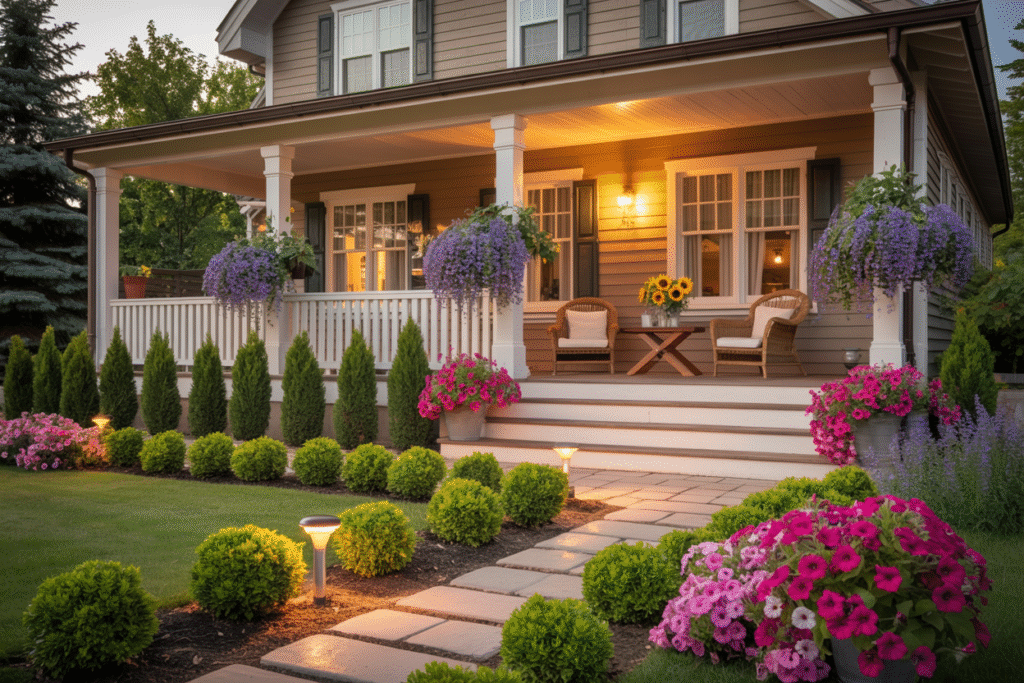
5. Coral Bells (Heuchera)
If you want texture and color but don’t have much space to work with, Coral Bells are your go-to. Their scalloped leaves come in everything from lime green to deep burgundy, and they form tidy little mounds that tuck beautifully near front porches or along paths.
I often use them as companion plants for taller shrubs. They love dappled light and can thrive even in dry soil near the foundation. Their root systems are shallow, so no worry about interference underground.
They’re small, but boy do they make an impact.
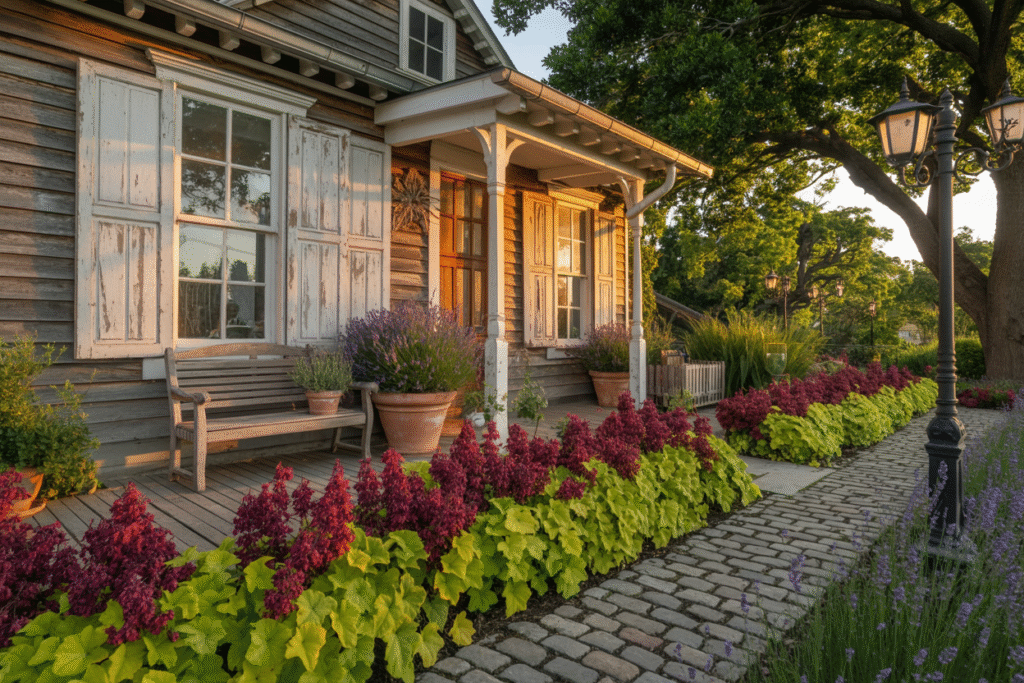
6. Amelanchier (Serviceberry)
If you’re after a small tree that changes with the seasons and doesn’t wreak havoc underground, consider a Serviceberry. These graceful native trees bloom white in spring, fruit in summer, and turn fire-orange in fall.
I first spotted one on a neighbor’s corner lot and couldn’t stop admiring it. Now I have one by my kitchen window, and I get a show nearly year-round.
They grow slowly and their root systems are considered non-aggressive. Just don’t crowd them—they love their sunlight and airflow.


7. Inkberry Holly (Ilex glabra)
A great native alternative to boxwood, Inkberry Holly keeps its green all year and is naturally compact. It’s perfect for that tidy look under windows or along driveways.
What I like most is that it requires less pruning than boxwood and attracts birds in the winter with its small black berries. Just be sure to plant a male and female variety nearby for the best berry display.
This shrub tolerates a wide range of soils, including wet ground, which can be handy for those trouble spots near downspouts.

8. Viburnum (Viburnum spp.)
Viburnums are another underused gem in landscaping. They come in so many forms—evergreen, flowering, or berry-producing—and many are perfect for close-to-home planting.
I planted ‘Blue Muffin’ viburnum along my backyard fence line, but I’ve seen them do just as well near foundations. Their roots don’t spread aggressively, and their upright growth means they stay neat.
They’re also wonderfully fragrant in spring. Nothing like a burst of blooms when you open your windows.

9. Camellia (Camellia japonica)
Camellias are like the southern belles of the garden world—graceful, elegant, and incredibly charming. These evergreen shrubs have glossy leaves and bloom in late winter or early spring, just when you need a pick-me-up.
I have a row of pink-flowered camellias near the corner of my home. They love the filtered light beneath taller trees and add color when most things are still dormant.
Their roots are fibrous and safe near structures, but they do like slightly acidic, well-drained soil. Add mulch and you’re golden.
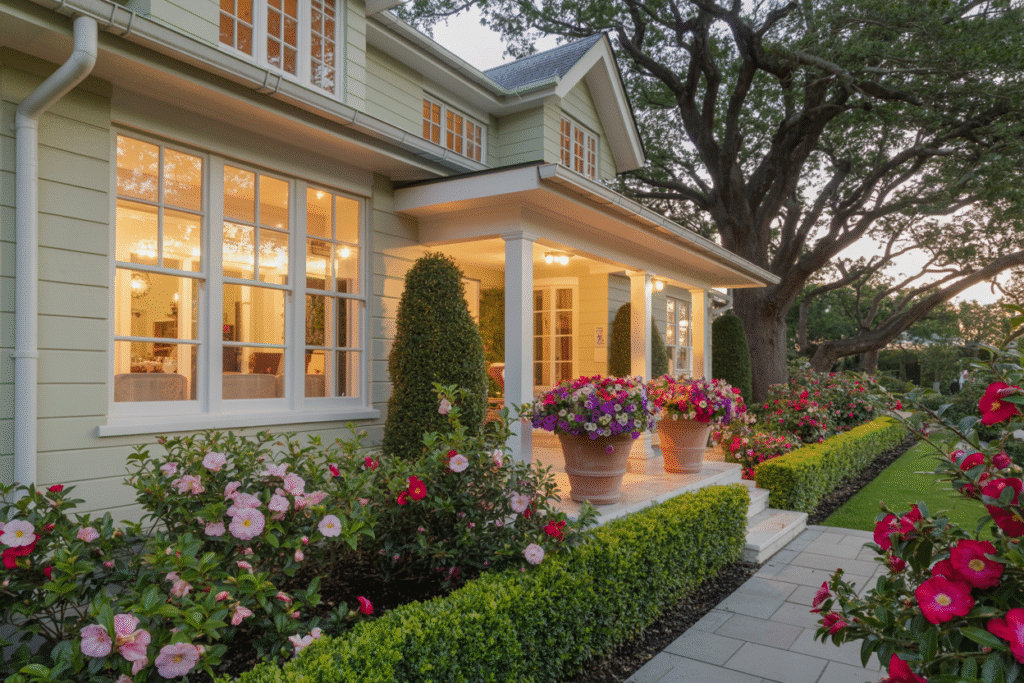

10. Dwarf Japanese Cedar (Cryptomeria japonica ‘Globosa Nana’)
If you’re going for texture and year-round greenery, this dwarf conifer is a show-stopper. It grows in a dense, rounded shape, about 3-4 feet tall and wide, making it ideal for foundation planting.
A friend recommended it to me years ago, and now I always include it in designs for clients who want something soft, yet structured. Its needles feel almost feathery, and the plant handles shade better than many conifers.
Low maintenance, visually unique, and totally foundation-friendly.

Final Thoughts
Choosing the right shrubs and trees to plant near your home is about more than aesthetics. It’s about balance—beauty, safety, maintenance, and seasonal interest.
The key is to know your space: the sun patterns, the soil, the moisture levels. Then pick plants with modest root systems, appropriate size at maturity, and visual appeal that makes you happy every time you come home.
I hope this list helps you craft a home landscape that feels welcoming and worry-free. Because let’s face it—nothing beats sipping your morning coffee while looking out at a garden that hugs your home just right.
Want to look Home essentials decor now? Check out my Amazon Store that I already put many lovely things for Home and Garden Gadgets there You can check out!!



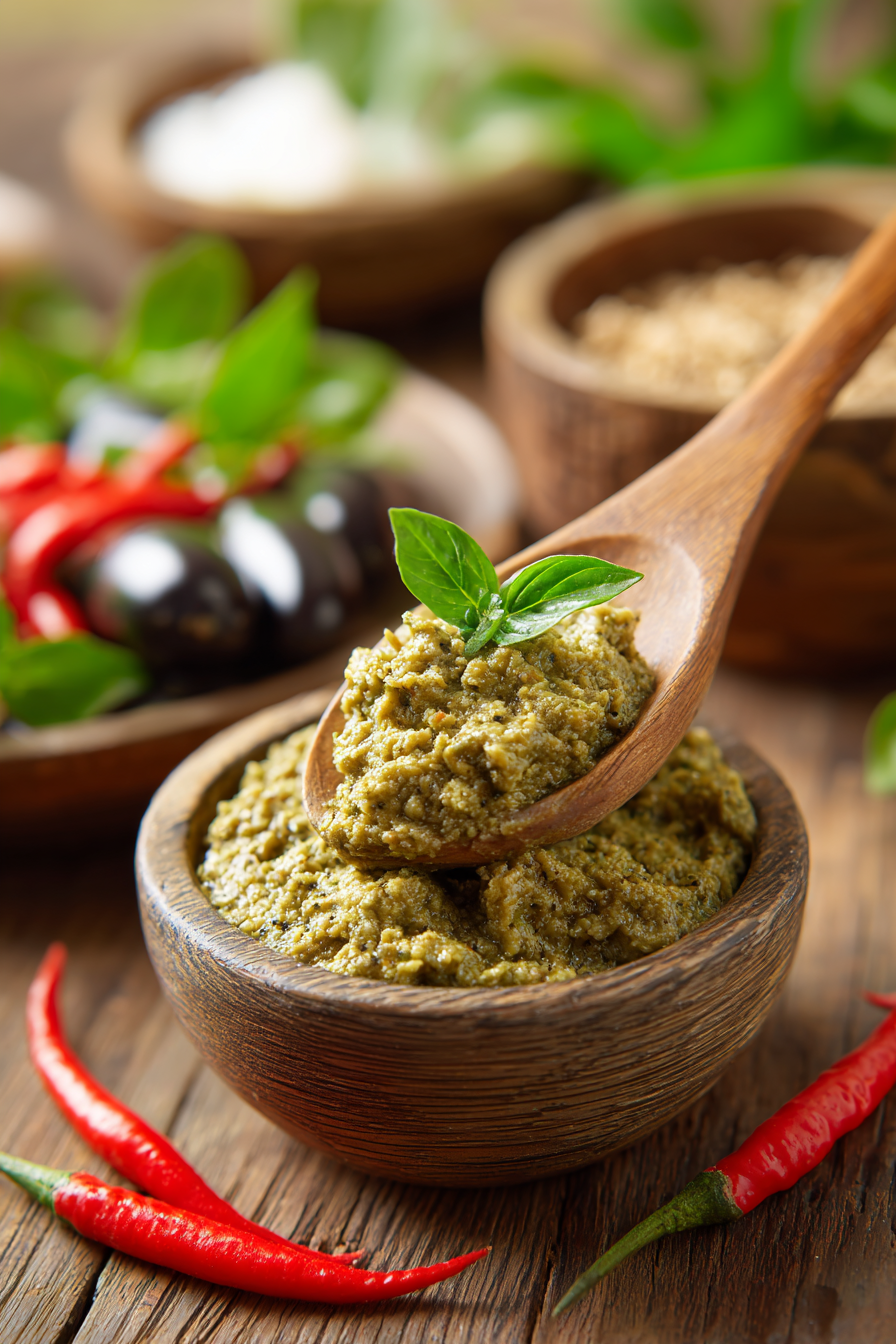
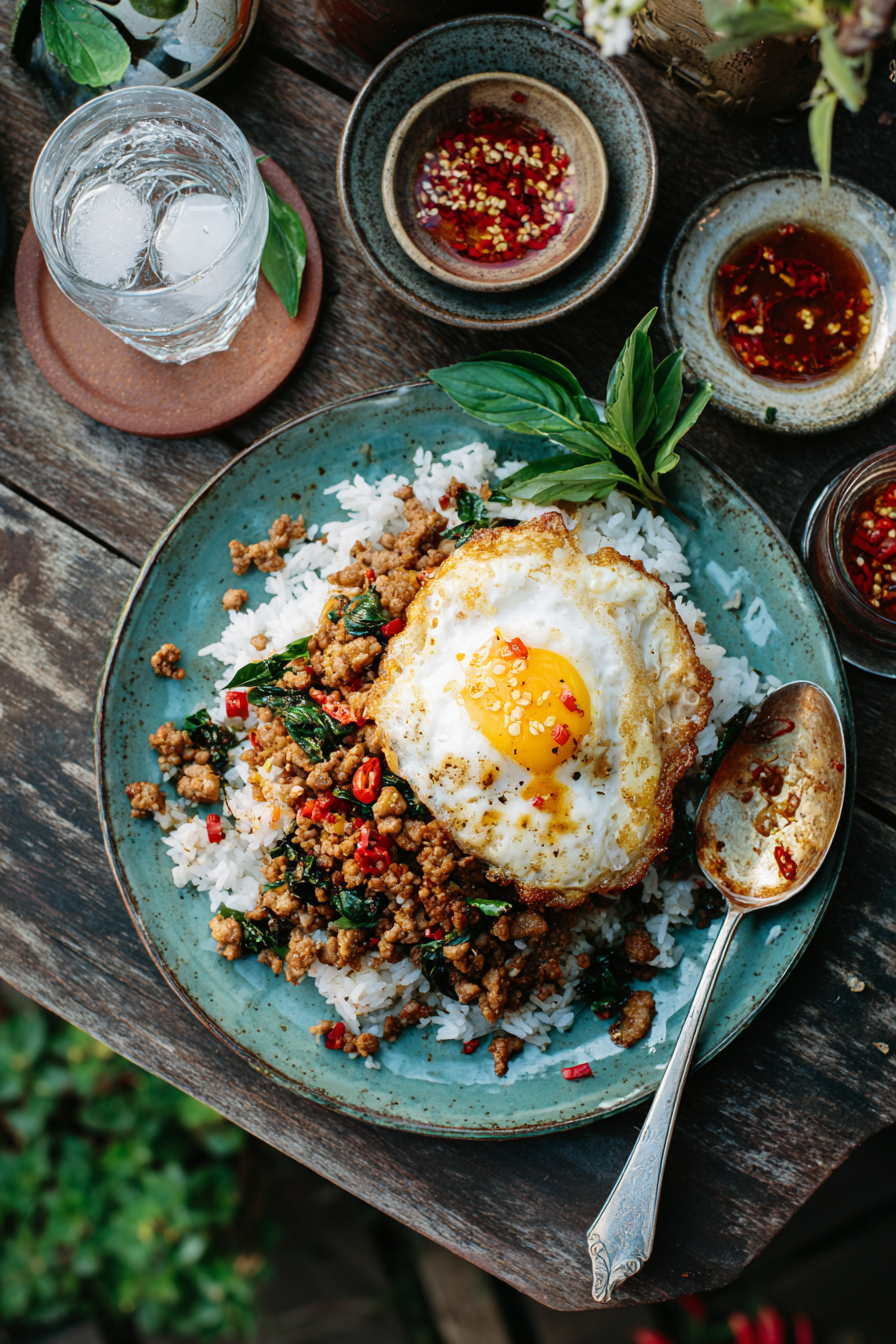
4 thoughts on “🌳 10 Shrubs & Trees You Can Plant Close to The House”
Comments are closed.